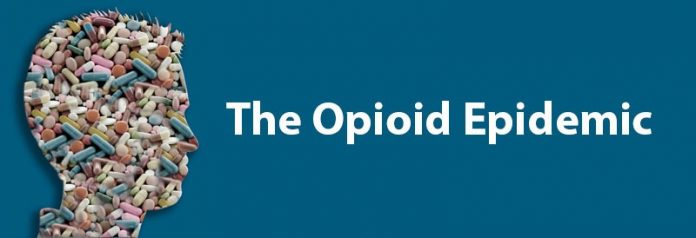
Congress continues to work on integrating a package of diverse ideas and resources into legislation aimed at addressing the opioid epidemic in the country. Lawmakers estimate the legislation could come up for a vote before the July 4 recess.
The House is expected to consider a package of opioid-related bills during the week of June 11. The package could include as many as 60 measures that were approved by the House Energy and Commerce Committee earlier this month. In addition, the House Ways and Means Committee approved seven bills and other legislation from House panels shaping the response to the opioid epidemic.
The bills approved by House committees touch on various parts of the health care delivery system, from requiring Medicare to better identify at-risk seniors for opioid misuse, to temporarily lifting a Medicaid restriction on inpatient substance abuse treatment at medium-sized and large facilities. The bills also deal with patient privacy issues, building up the provider workforce and encouraging non-opioid treatments for pain.
The Senate is still working on its own package to address the substance abuse. Earlier this year, the Senate Health, Education, Labor and Pensions (HELP) Committee advanced a bipartisan bill. The Senate Judiciary Committee is also considering a handful of measures this week. The Senate is expected to take up its broader opioid package later this summer.
Given the complex nature of opioid and other substance abuse, legislators have struggled to find ways to significantly affect the number of deaths from overdose and overall addiction. According to a recent report by Manatt Health Care, multiple factors have contributed to the epidemic, including the introduction of potent, long-acting prescription pain medications; a perspective shift among physicians that such products were not as addictive as they had thought; and pressure from patient advocates urging providers to treat pain more aggressively. Together, these changes contributed to a tripling of the number of opioid prescriptions between 1999 and 2015.






